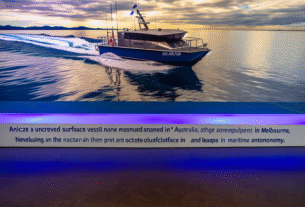At the turn of the millennium, Ford embarked on an ambitious quest to elevate its brand cachet by bringing two storied British names under its umbrella. Jaguar’s sleek heritage and Land Rover’s rugged mystique seemed the perfect complements to the Blue Oval’s repertoire. The move promised a fusion of American scale with British allure, a strategy aimed at reshaping Ford’s global image.
Behind the acquisition lay a straightforward strategy: premium marques would generate higher margins, diversify revenue streams and serve as technological testbeds. Ford envisioned paring its mass-market prowess with prestige automakers, leveraging synergies in R&D and sharing advanced platforms. The deal appeared to be a masterstroke—an opportunity to ride the wave of global luxury demand.
Reality, however, proved less forgiving. Maintaining niche brands demanded hefty investments in design, safety standards and electrification—costs that often outpaced the narrow sales volumes. Furthermore, integrating British operations into Ford’s sprawling infrastructure exposed cultural disconnects, from divergent engineering philosophies to misaligned market priorities.
The global financial crisis delivered a brutal blow. As credit markets tightened and consumer spending contracted, Ford found itself funneling billions into loss-making divisions. Instead of buoying the bottom line, Jaguar and Land Rover became capital drains, forcing the automaker to reevaluate its portfolio and question the very premise of chasing prestige.
In reassessing its core strengths, Ford opted for strategic discipline over brand broadening. It doubled down on high-volume, high-profit products—trucks, SUVs and later EVs—seeking scale and consistency. This pivot meant letting go of smaller, volatility-prone units and reallocating resources where returns were more predictable and markets more receptive.
Tata Motors emerged as the unexpected knight in shining armor, acquiring both marques with promises of substantial reinvestment and local decision-making. Under new stewardship, Jaguar Land Rover has since charted a revamped path, one that underscores the importance of autonomy and focused leadership in nurturing boutique brands.
The Ford divestiture offers a potent lesson in strategic focus: owning an iconic name is no guarantee of profitability. Sometimes, the wisest course is to concentrate on core strengths, even at the expense of high-profile assets. In the ever-evolving automotive landscape, agility often trumps grandeur—proof that shedding weight can accelerate forward momentum.




